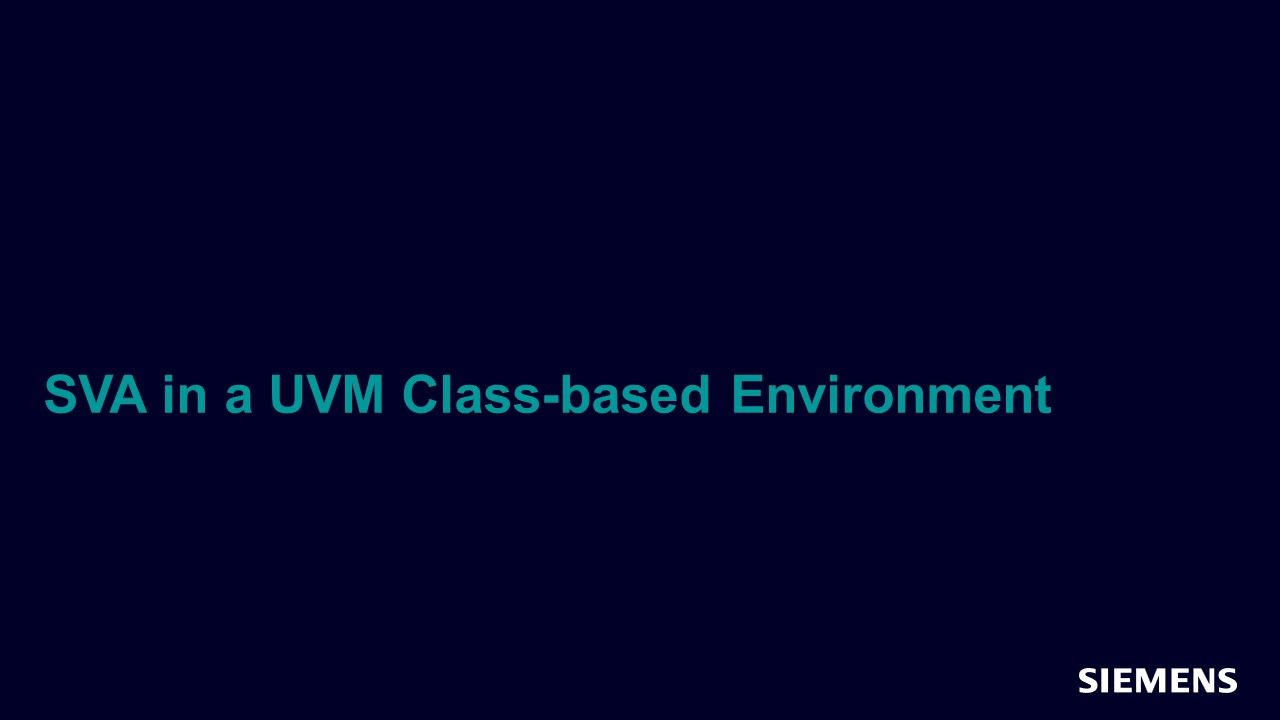SVA in a UVM Class-based Environment
This article demonstrates how SVA complements a UVM class-based environment. It also demonstrates how the UVM severity levels can be used in all SVA action blocks instead of the SystemVerilog native severity levels.

Full-access members only
Register your account to view SVA in a UVM Class-based Environment
Full-access members gain access to our free tools and training, including our full library of articles, recorded sessions, seminars, papers, learning tracks, in-depth verification cookbooks, and more.